Got Weight Issues? Food Rules Could Be Your Battle Plan!
I had lunch with some dear friends yesterday and the topic of conversation turned to weight gain and the struggle to keep weight off.
Can you relate at all? Research says that this is a common issue that knows no gender, ethnicity, or age boundaries. More research says this is also one of the most discussed topics there is.
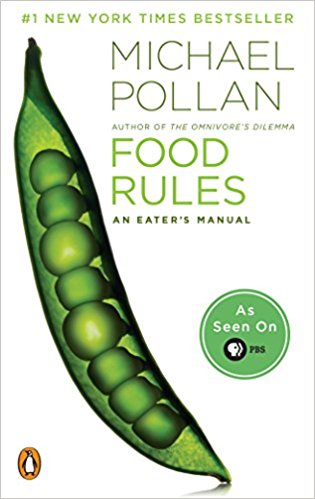
As the chatting went on, someone said “When are we going to quit TALKING about this and find a lasting and sane solution!?” (“Here, here!” I thought to myself.) This was my cue: I opened my purse and pulled out a wonderful little book titled Food Rules: And Eater’s Manual, by Michael Pollan (also the author of Omnivore’s Dilemma, In Defense of Food, and The Botany of Desire, among other works).
WHY is this a wonderful book? Because, frankly, the American public needs food help, and Food Rules gives it. With so many food choices available to us—from wholesome organic foods to supersized processed offerings—answering this question can be confusing. Add “expert" advice and grocery stores teeming with products plastered with health claims, and you may feel you need a guide just to choose breakfast cereal.
So Michael Pollan cuts through this overload and distills it all down to 64 food rules. They guide us away from the Western diet of processed “edible food-like substances” and toward health-promoting diets that originated in traditional food cultures.
If you do relate to any of the above and are curious as to what his rules are, here are just 10 to get you started on a sane and lasting path to better eating and its resulting better health. (Note: These are a good place to begin because of the science that backs them as a solid guide for healthy eating.)
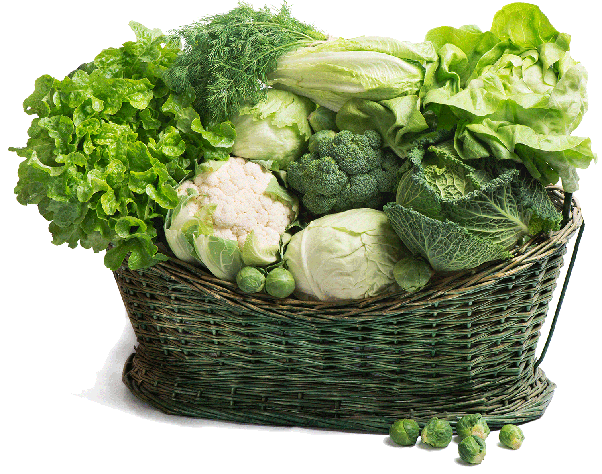
RULE 1: Eat mostly plants, especially leaves. If you ever ask, ‘What kind of food should I eat?’ Start with this as your answer. Numerous studies point to the benefits of a plant-based diet: improved blood pressure, decreased risk of heart disease, lowered cholesterol and better weight control.
RULE 2: Eat animals that have themselves eaten well. Do you best to choose from humanely and sustainably raised choices when it comes to meat, poultry and seafood, both for our health and the health of the environment.
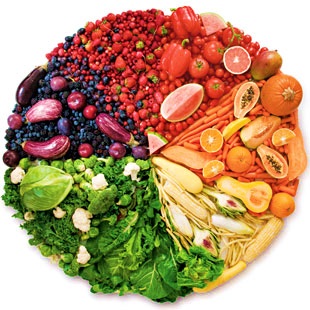
RULE 3: Eat your colors. Color reflects the different antioxidant phytochemicals fruits and vegetables contain. These chemicals help protect against chronic diseases, but each in a slightly different way, so the best protection comes from a diet containing as wide a variety of phytochemicals as possible.
RULE 4: Eat all the junk food you want as long as you cook it yourself. Pollan’s advice: “Enjoy these treats as often as you’re willing to prepare them—chances are good it won’t be every day.”
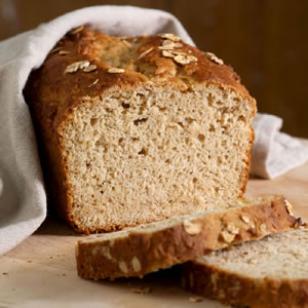
RULE 5: The whiter the bread, the sooner you’ll be dead. Pollan’s advice: “Eat whole grains and minimize your consumption of white flour.”
RULE 6: Shop the peripheries of the supermarket and stay out of the middle. It’s a fact: Processed food products dominate the center aisles of the store, while the cases of mostly fresh food—produce, meat and fish, dairy—line the walls. Keep to the store’s edges and you’ll be much more likely to bring home real food.
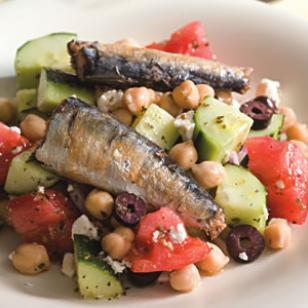
RULE 7: Don’t overlook oily little fishes. The one food you should be eating (and probably aren’t) is the humble sardine. Sardines (Pacific, wild-caught) are one of the healthiest foods, according to health and environmental experts. As nutritional powerhouses, they’re one of the best sources of omega-3 fats, with a whopping 1,950 mg/per 3 oz. (that’s more per serving than salmon, tuna or just about any other food) and they’re packed with vitamin D. New to sardines? Start by adding them to your fresh green salads.
RULE 8: Eat more like the French. Or the Japanese. Or the Italians. Or the Greeks. People who eat according to the rules of a traditional food culture are generally healthier than those of us eating a modern Western diet of processed foods.
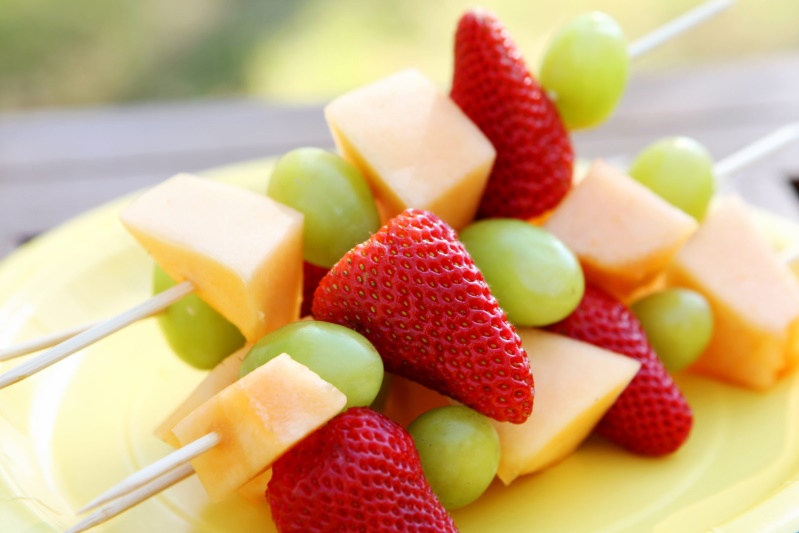
RULE 9: Limit your snacks to unprocessed plant foods. Pollan says: “The bulk of the 500 calories Americans have added to their daily diet since 1980 (the start of the obesity epidemic) have come in the form of snack foods laden with salt, fat and sugar. If you are going to snack, try to limit yourself to fruits, vegetables and nuts.”
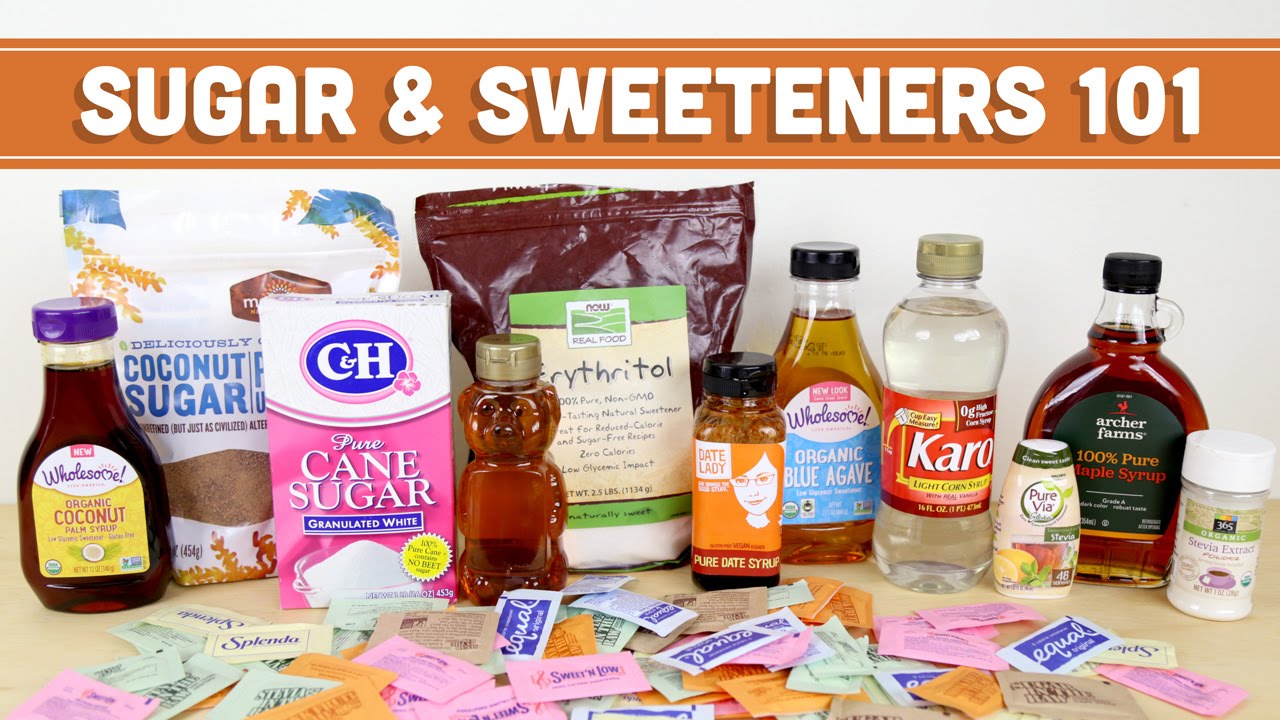
Rule 10: Avoid foods that have some form of sugar (or sweetener) listed among the top three ingredients. Labels list ingredients by weight; any product that has more sugar than other ingredients has too much sugar.
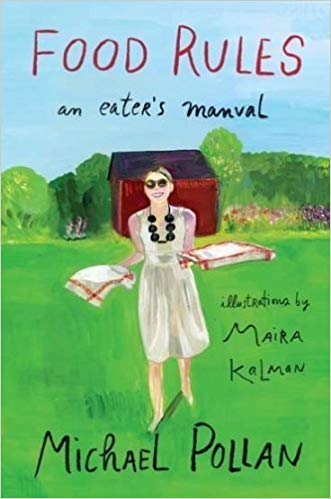
I like the simplicity and common sense of Pollan’s Rules. You’ll find his other 54 rules just as sane and smart as these 10. Whether you would follow them all or not, you’ll probably find several that make sense to you, too. We can’t successfully fight the enemy without a battle plan, and these rules make a good plan!
- www.amazon.com
- www.quora.com
- www.eatingwell.com
- www.hopechangeslives.org
- www.youtube.com
 Alice Osborne
Alice Osborne
DVO Newsletter Contributor since 2006
Email the author! alice@dvo.com
